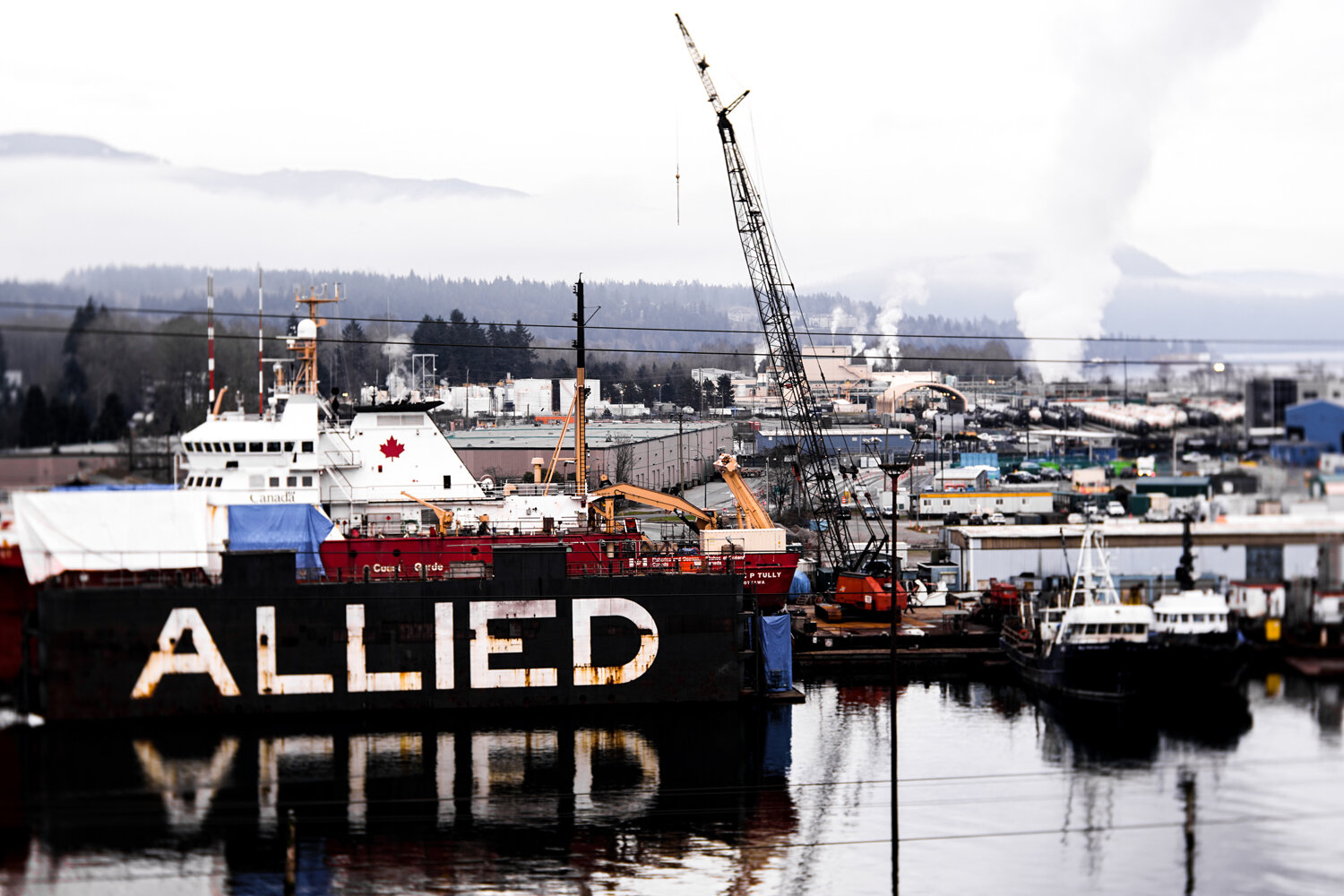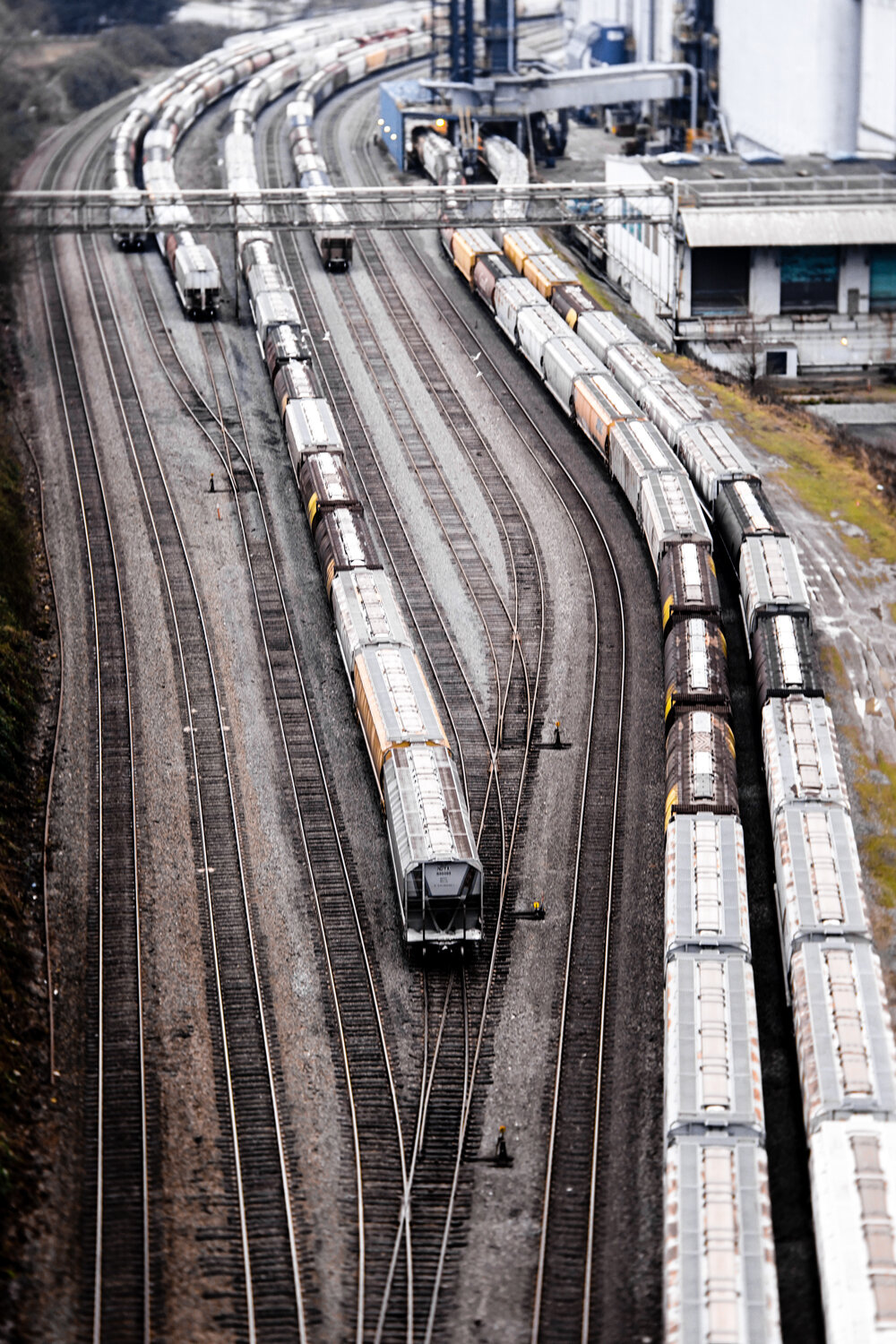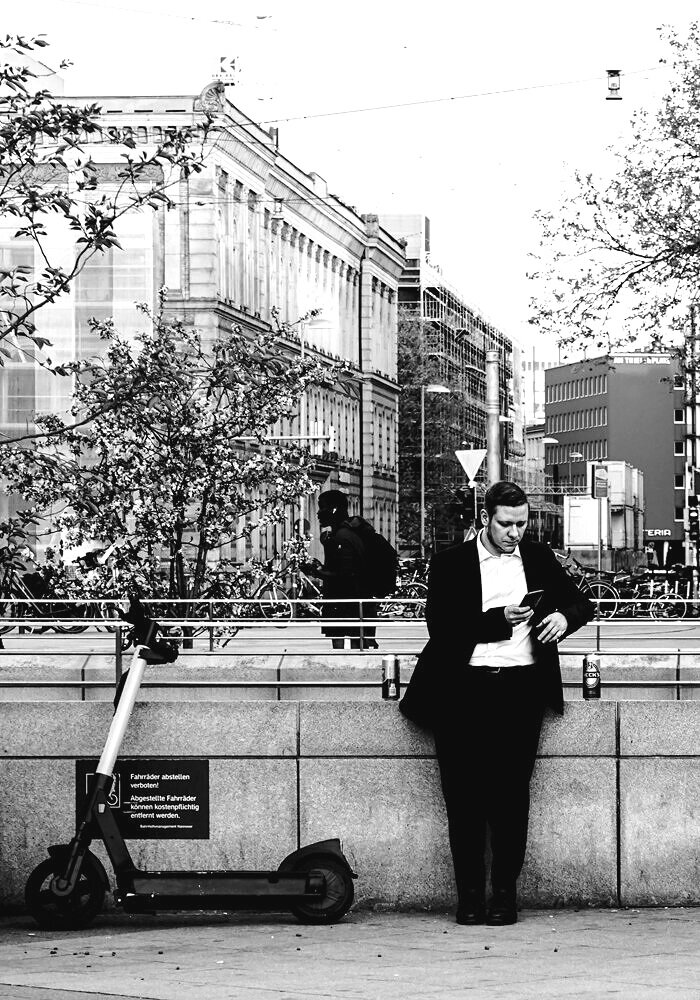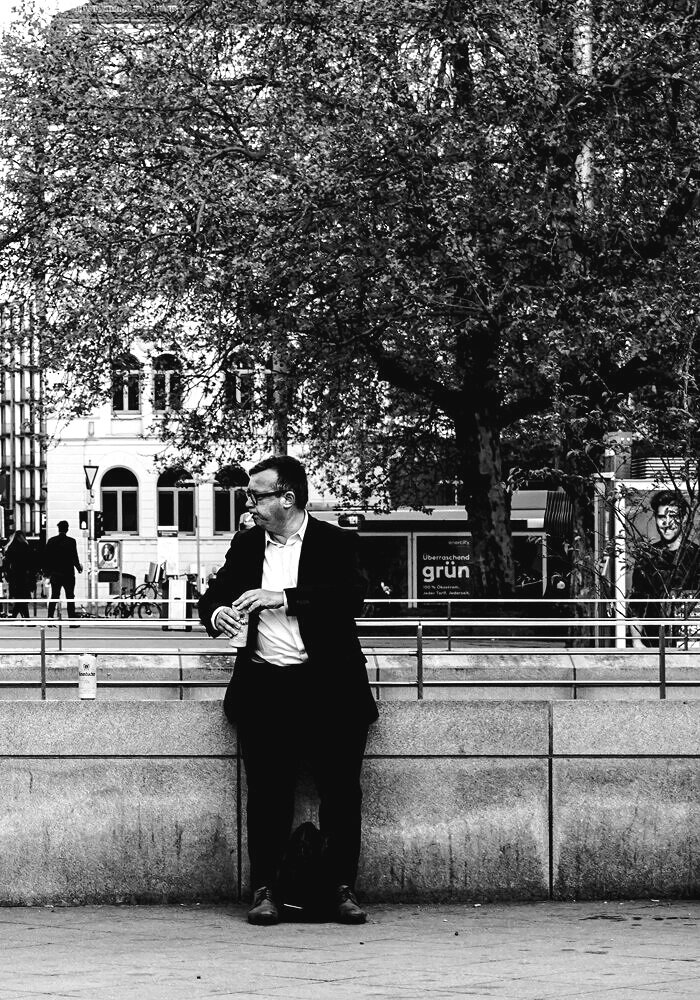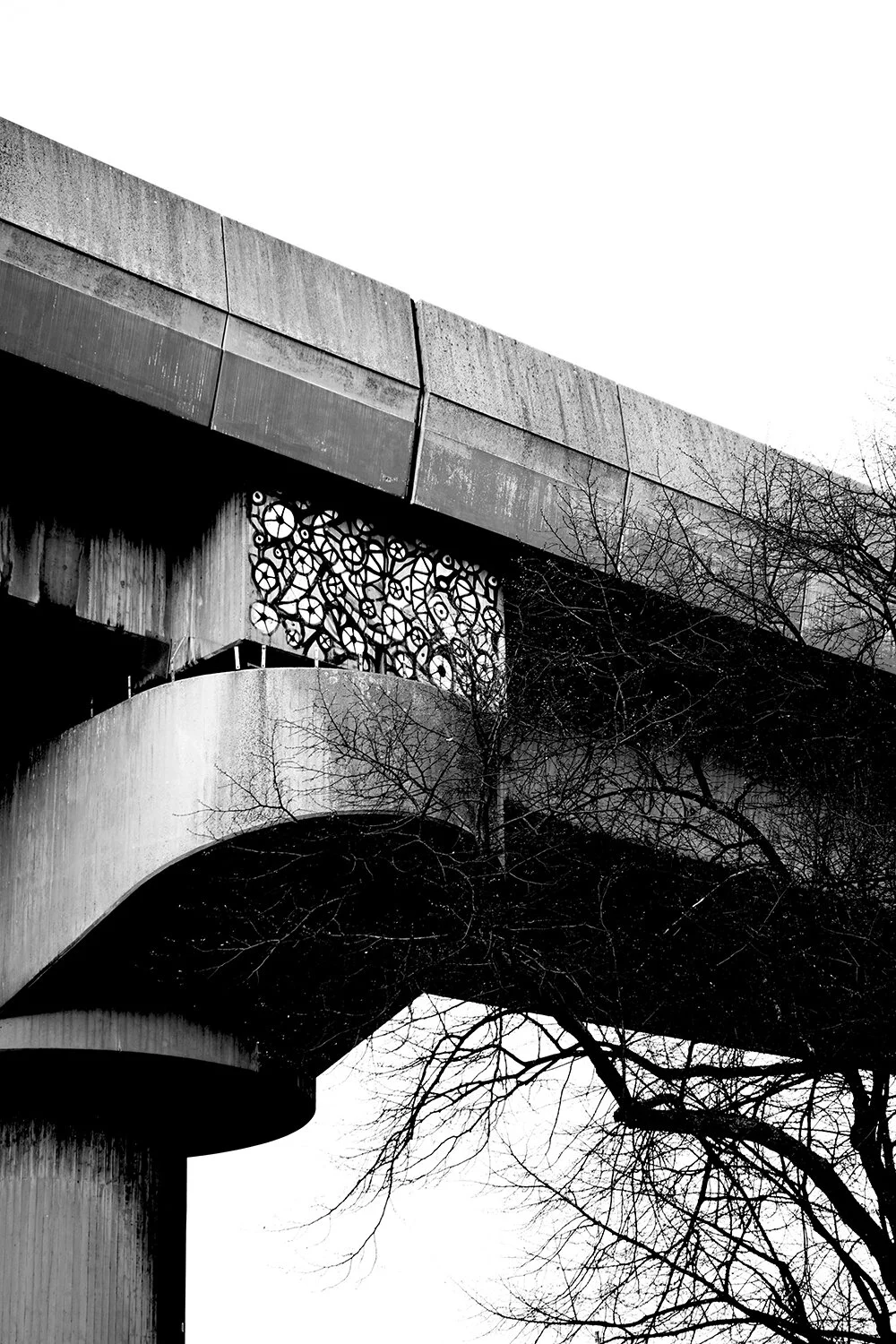I called Vancouver my home for 10 years, and as much as the weather clears out and the city usually gets 3 dry months of sunshine every summer, this is how I, and a lot of people, picture the city on an average day. You see, Vancouver doesn’t really get winters. We just get 9 months of miserable grey, rainy and damp weather with different degrees of cold. That being said, the dreary Pacific Northwest climate is actually perfect for photography: as much as I usually enjoy shooting in black and white, colors get so muted that time of the year that pictures require very little editing to make something colorful stand out. I shot this series 2½ years ago, not long after after New Years Day, over the course of a couple perfectly typical Vancouver winter days. I love shooting industrial settings, and as far as that goes in the Pacific Northwest, the Port of Vancouver is pretty hard to beat.
Port of Vancouver is by far Canada’s largest shipping terminal. It stretches over 100 km of shoreline on both sides of Burrard Inlet, and along the many arms and islands that form the Fraser River Delta, south of the city. Containers, cars, ore, grain, oil, Port of Vancouver does it all, and generates over 115,000 jobs in the local economy.
One of the best places to admire the Vancouver shipyards and their stunning Pacific Northwest setting is at Second Narrows, a strait on Burrard Inlet 7 km east of Downtown Vancouver spanned by the Ironworkers Memorial Bridge. It's a busy, busy place: hundreds of thousands of commuters drive across the Narrows each day, yet few people ever take the time to admire the scenery. Walking across the bridge, however, gives you the chance to take it all in: the bustle of trains and ships, the pristine North Shore Mountains and the dense rain forest, as well as Vancouver’s skyline in the distance. I’ll let the pictures tell the rest. Just make sure you pack an umbrella.













